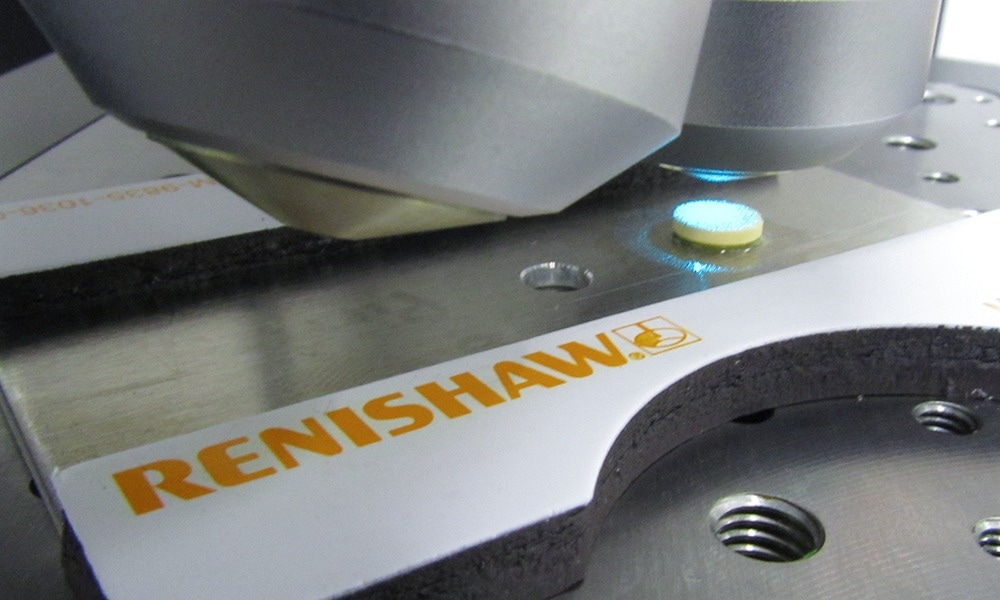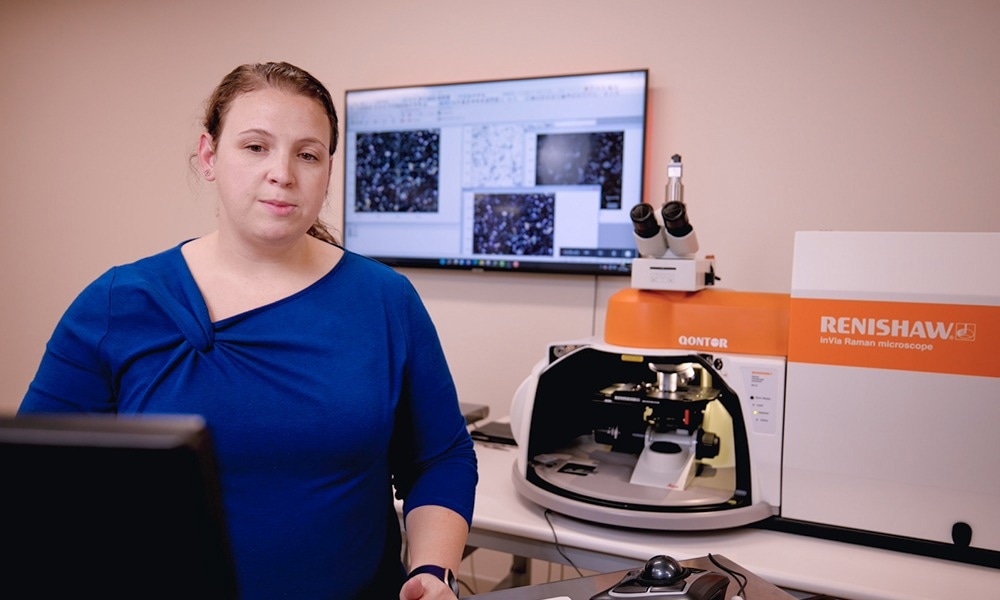This three-part webinar series discusses how to best select a Raman system. Packed with patented technologies, Renishaw's Raman spectrometers facilitate excellent performance and ease of use.
In these webinars, the main components of a Raman spectrometer are described by Renishaw’s experts, who can help viewers choose the suitable spectrometer for their research. Experts in this webinar demonstrate these principles using various materials alongside an inViaTM confocal Raman microscope.
Part 1: Selecting the Best Excitation Laser Wavelength for Raman Analysis
A range of excitation laser wavelengths helps customize Raman spectrometers, with research materials determining the laser(s) chosen. The different wavelengths, power, and focus types available will be explained and illustrated by Renishaw’s spectroscopy experts using practical examples.

Image Credit: Renishaw plc - Spectroscopy
Key Topics Include:
- Ways that the effects of background fluorescence can be reduced
- How the penetration depth into a sample is affected by the excitation wavelength
- How sample damage can be avoided while using the optimum power output to maximize signal levels
- How laser spot size, sample coverage and spatial resolution can be impacted by focus type, optics, excitation wavelength, and scanning
Viewers will understand how to select the optimum lasers for their samples by the end of the webinar.
Watch now
Part 2: What Makes a Good Raman Spectrometer
The speakers in this webinar discuss the functional parts of an inVia microscope and how they affect its performance. This is illustrated using real-world examples.

Image Credit: Renishaw plc - Spectroscopy
Key Topics Include:
- A dispersive Raman spectrometer’s optical layout
- How throughput and sensitivity is affected by spectrometer design
- How optical efficiency is impacted by detector options
- Achieving both a broad spectral range and a high spectral resolution
- Controlling the confocality of a Raman microscope
Those watching will understand the key factors that affect spectrometer performance by the end of the webinar, and understand how to choose the best system for your analyses.
Watch now
Part 3: Demonstrating How to Use a Raman Microscope
Finally, the speakers illustrate how to operate an inVia microscope using several samples.

Image Credit: Renishaw plc - Spectroscopy
Key Topics Include:
- Instrument layout and optics, from the detector to the excitation laser
- How sensitivity, spatial resolution and confocality can be affected by the numerical aperture (N.A.) of microscope objectives
- Illumination options for viewing different sample types (brightfield, darkfield and polarized)
- Automated switching between lasers and the effect this has on Raman spectra
- Automated daily silicon calibration using an internal reference
- Sample accessories and holders for films, powders, gems, liquids and larger samples
- How Raman imaging can provide spatial information
Viewers will learn how to collect valuable Raman data and watch Raman experts demonstrate this using a real instrument.
Watch now